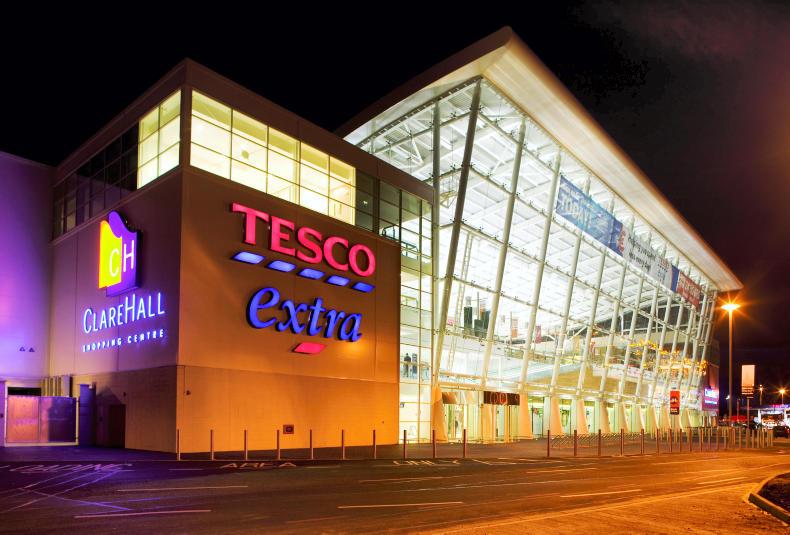In the three-year period up to 2005, Irish food prices were running at about 120% of the EU average according to Eurostat. At the time, there was a lot of debate as to what was the major cause of this price differential compared with our EU neighbours, awarding the country the title of ‘‘rip-off Ireland’’.
Retailers, supermarkets and pro-consumer groups mainly blamed the Groceries Order, which they claimed was preventing supermarkets from selling products at a lower price to Irish consumers.
In 2006, based on strong support from the Competition Authority and the Department of Enterprise, the Groceries Order was abolished, liberating supermarkets from the straightjacket that was the ban on below-cost selling and other fair trade constraints.
There was to be dancing in the streets and everyday low prices.
In reality, there were significant job losses across the food sector as food producers and processors had to “support’’ supermarkets. Further jobs were then lost because supermarkets moved sourcing to the UK when sterling fell in 2008/9. It has since transpired that such supports were real as Tesco was found to be using these payments to exaggerate its profit levels.
Ten years later
According to Eurostat figures released last week, Irish food prices were 119% the EU average in 2016 (see graph on page 22), so Irish food prices still sit in the same place in Europe amidst big change across Europe.
Firstly, the 2008 EU recession saw prices of food fall across the EU economy over a number of years. This has been coupled with extreme volatility in agriculture, oil and other commodity prices across global markets.
Secondly, the EU has absorbed a number of new members largely from lower-priced eastern European economies, beginning in 2004, so the base has changed.
In the Irish food and grocery market the discounters, who entered Ireland in 1998/99, have seen their market share rise to a combined 23% of the overall grocery market so the Irish shopping basket has changed to reflect this changed dynamic.
Moreover, sales of supermarket or own-label products which are supposed to be cheaper than branded product sales have doubled in key categories over the last 10 years.
However, despite all of these changes, Irish food and groceries prices are still 19% higher than the rest of the EU, according to the latest 2016 Eurostat survey.
So why is this? Could it be that the price consumers pay for food in Ireland is a reflection of the pricing and profit policy of supermarket retailers in Ireland? Could it be that when grocery markets are deregulated, the belief that competition will naturally result in lower prices to consumers is simplistic? Or could it be that while food producers and processors are compelled to fund supermarket sales, through discounts and promotions, this does not result in benefit to consumers but reflects abuse of dominance by supermarket buyers and higher retail profits? Does this dominance undermine the sustainability of food production by killing innovation rather than driving supply chain efficiency? Clearly, as indicated by the Eurostat figures, this dominance is not providing consumers with everyday low prices.






 This is a subscriber-only article
This is a subscriber-only article










SHARING OPTIONS: